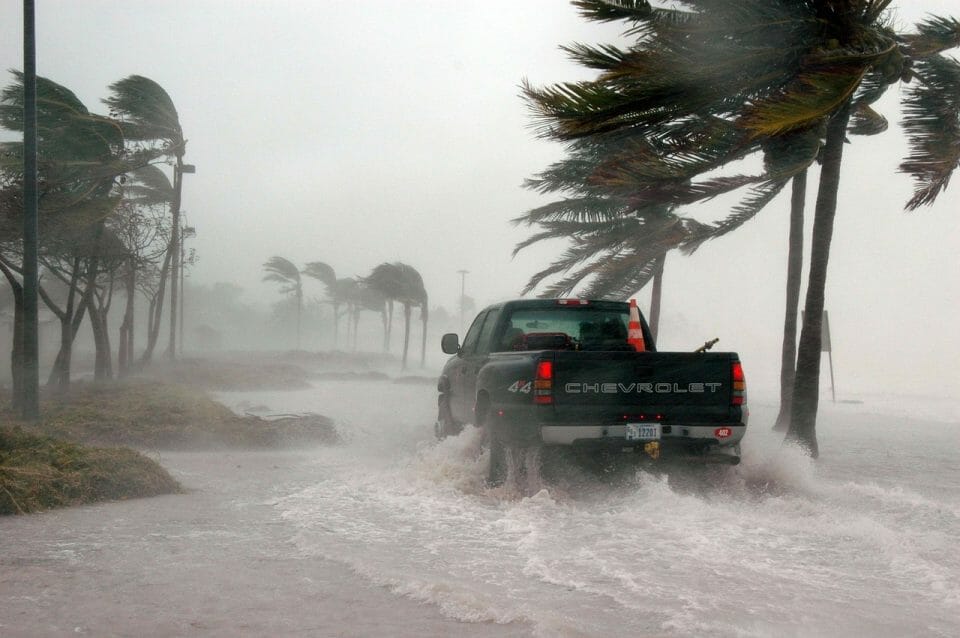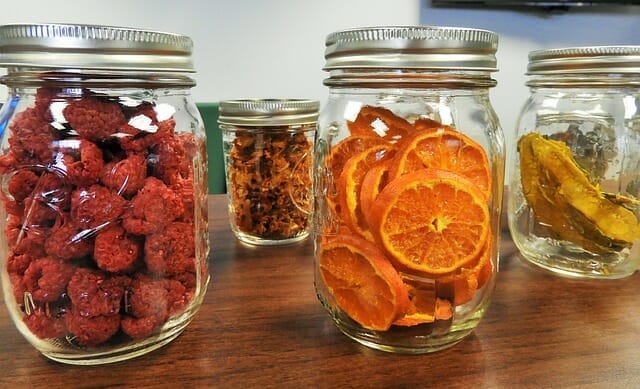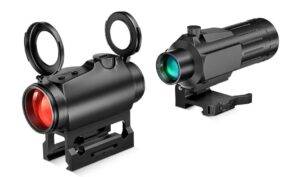

An unexpected disaster could greatly affect your life and in the time in-between before things cool down and normalcy is restored, food is not a necessity you’d joke around with. Preparation for the unknown is always a priority, especially when it comes to food because we never know what tomorrow holds. We never anticipate for the worst, but beyond our control, issues have a way of popping up when we least expect. So where would you rather be… prepared, or unprepared? You’d probably go with the former so you don’t end up facing what might be your greatest challenge in a period when you have no way out, right?
Well, emergency food storage kits are simply basic items that are normally used in the event of an emergency to feed yourself, your loved ones or others during the times of… wait, did I mention emergency already? At times, these kits are also used during situations when you can’t get access to fresh food due to one reason or the other. Without further ado, here is what you need to know about emergency food storage kits.
Kit contents
In instances where you have to prepare a meal, a reliable heating source, a lighter, and ingredients to add flavor are must-haves. However, these may not be always within your reach or access, which is where emergency food survival kits come in handy. An emergency food storage kit should contain food and water, which are the basics for survival in dire situations. The contents in the best emergency food kits are often frozen or dried to ensure that they last for a considerable period of time, which brings us to the next important point.
Shelf life is important
With emergency food, time is of great essence. This is because some happenings that push you into the limits where survival is the only thing that matters can last for an undefined duration. In emergency kits, food that can stay longer without going bad is most preferred. You cannot expect to benefit from perishable foods for long without refrigeration. Two to three days are enough for these kinds of food to go bad. Dried foods will last longer if stored properly and besides, despite the popular notion that dehydration affects nutritional value in food, most of them are highly nutritious. For this reason, it is important to consider the shelf life of what you’re purchasing before you do, depending on the kind of emergency you’re facing and the severity of the situation on the ground.
Nutritional value
Eating the same kind of food may not be beneficial. It can be boring and may not help your body much. When buying emergency food storage kits, it is essential to consider the variety and the nutritional value required in a survival situation. On your list, it is best to include foods that don’t require cooking, or at the very least, those that take limited time to cook. Instant foods are good, after all, in emergency situations, you may have neither the time nor the resources to cook a decent meal.

Safety
Foods that you purchase should be well sealed and in the event of more than one serving, the kit or packaging should be resealable. Despite the fact that it might be the only thing you depend on for your survival, consuming foods that have exceeded their shelf lives will only lead to more problems. Luckily, there are emergency storage kits that are designed to extend the shelf life of your emergency food, but be sure to read the label to determine how long certain foods can last. Water as well should be disinfected and properly treated to ensure your safety. Additionally, proper sanitation should also be observed as you store your food.
Conclusively, food is a basic need that one cannot survive without. Have you ever wondered how long you’d last after your food supply is cut off? If you answered right, it is best to arm yourself accordingly so that when disaster strikes, you’ll be well covered. Some, if not all emergencies are unavoidable; and the only problem is you never know when they strike. Arming yourself with an emergency food kit could be key in times of disaster or other emergencies.







